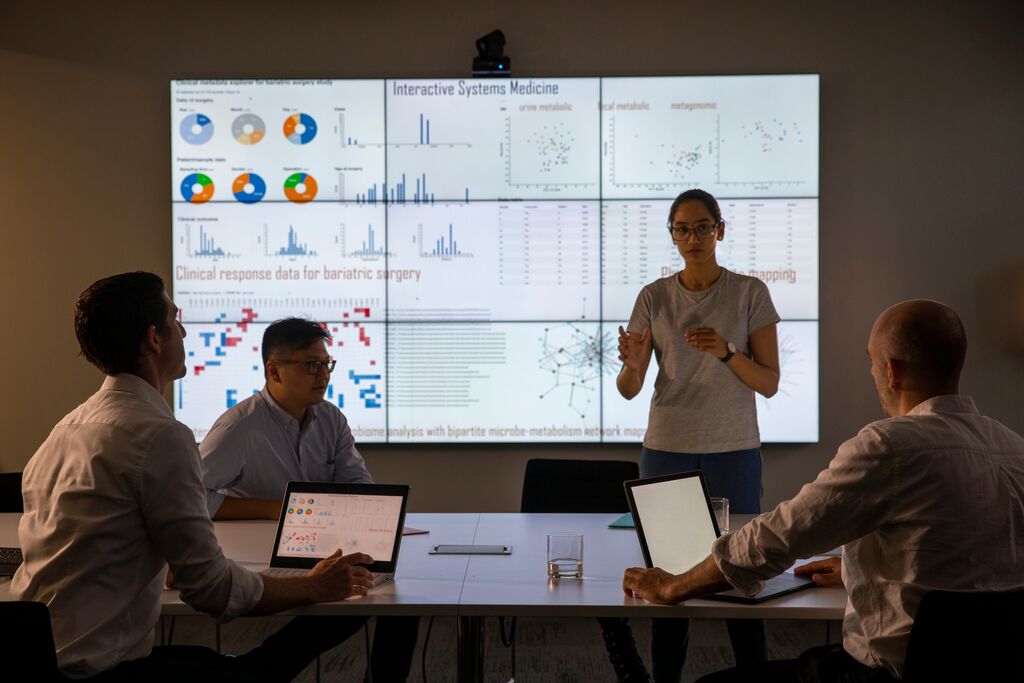





























- Locations
- Asia Pacific
- Virtual engagement: bringing immersive tools to the table
In 2012, as a medical device marketeer I set off to execute the first ever live digital surgery Continuing Medical Education (CME) in India. The event hosted in-person attendees and over 1000 virtual surgeons from national and international surgeon panels, with 6 surgeries from 3 cities being telecast. Looking back at the success of the event, and how we overcame perceived challenges, I wonder why almost 10 years on, the model remains largely unchanged.
The COVID-19 pandemic, the restrictions placed on hospital access, demands for Personal Protective Equipment (PPE), travel restrictions and other safety measures has led to a sudden disruption for surgical training and patient education. From an industry perspective, the inability to demonstrate products or host guided trials has impacted the launch and access of innovative products, where specialty training is non-negotiable. MedTech companies quickly leveraged basic digital engagement channels, such as webinars, to engage non-frontline surgeons/physicians. An already highly coveted hospital space has moved into a heavily competitive screen environment, up against everything from scientific journals, to Netflix and Social Media. Even as countries emerge from lockdown, the frequency and scale of training in wet-labs, visiting surgeon tours, and product showcases will be lower.
It begs the question of content differentiation and providing the best tools to meet the need. Of course, one such tool is Virtual Reality (VR) immersion, along with others such as augmented reality (AR) or mixed reality (MR). VR application has been growing and yet remains elusive, the most common Google search themes are “What’s the latest in VR?” or “Is VR dying?”. In other industries, VR has come a long way, particularly in video games where VR has seen the highest penetration. However, in healthcare it has not been adopted into main stream practice. Where the need and application are not fully understood by developers, users are commonly left with either a hardware bottleneck, that limits widespread availability, or a cartoon/graphical interface that limits learning, no matter how realistic.
VR has been given a bad rep. However, the right understanding of surgical user needs and best deployment practice coupled with the latest filmography and no need for special hardware – there is a powerful immersion tool in-hand. A tool useful when you need to:
- Highlight spatial awareness of a scenario and showcase the nuances of surgical set up, such as patient positioning
- Demonstrate surgeon dexterity and details in manoeuvres beyond the 1inch incision view
- To deliver training to a wider audience, across multiple and hard to reach locations
While the precedence for digital engagement has been established, understanding the right application match, whether teleconferences, webinars or VR, to meet end-user need is crucial. VR is solidifying its place in the digital engagement continuum, as it can bridge physical distance and bring a situation to life.
Authors:
Aparna Ramani, Senior Consultant, IQVIA MedTech, Asia Pacific
Ruthie Burr, Consultant, Strategic Marketing and Business Development, Asia Pacific
For more information, please feel free to contact us


